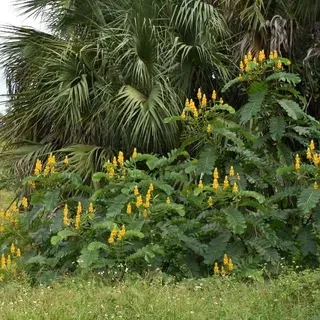Senna alata: Candlebrush
Introduction
This large, spreading shrub from Argentina, produces large spikes of golden-yellow flowers that open from bottom to top. Flower spikes look like golden candles when covered with unopened flower buds. Reaching a height of 10 to 15 feet with an equal spread, candlebrush makes an attractive specimen shrub or small tree if it is properly trained.
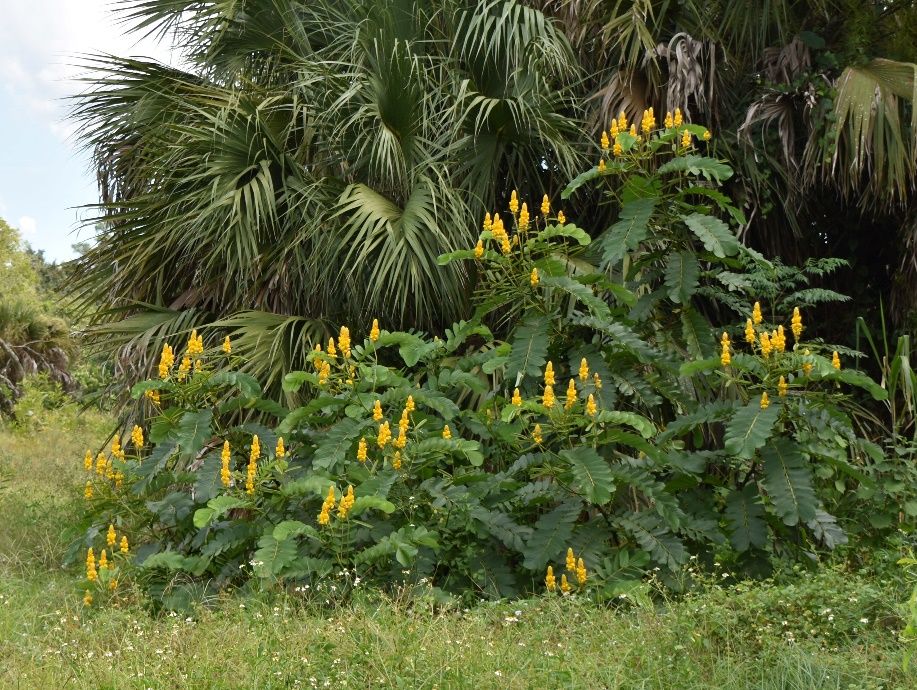
Credit: Stephen Brown, UF/IFAS
General Information
Scientific name: Senna alata
Pronunciation: Sen-nuh uh-LAY-tuh
Common name(s): Candlebrush, candlestick plant
Family: Fabaceae
USDA hardiness zones: 10A through 11 (Figure 2)
Origin: not native to North America
Invasive potential: caution, may be recommended but manage to prevent escape (North, Central, South)
Uses: specimen; container or planter; trained as a standard; deck or patio; highway median
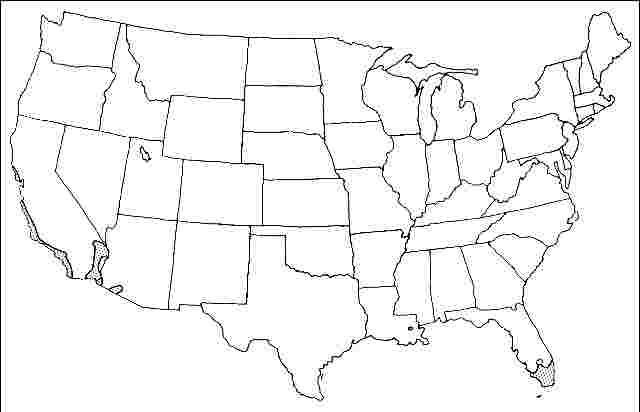
Credit: UF/IFAS
Description
Height: 10 to 15 feet
Spread: 10 to 15 feet
Crown uniformity: irregular
Crown shape: oval
Crown density: open
Growth rate: fast
Texture: coarse
Foliage
Leaf arrangement: alternate (Figure 3)
Leaf type: even-pinnately compound
Leaf margin: entire
Leaf shape: obovate, oblong
Leaf venation: pinnate
Leaf type and persistence: evergreen
Leaf blade length: 2 to 4 inches
Leaf color: green
Fall color: no color change
Fall characteristic: not showy
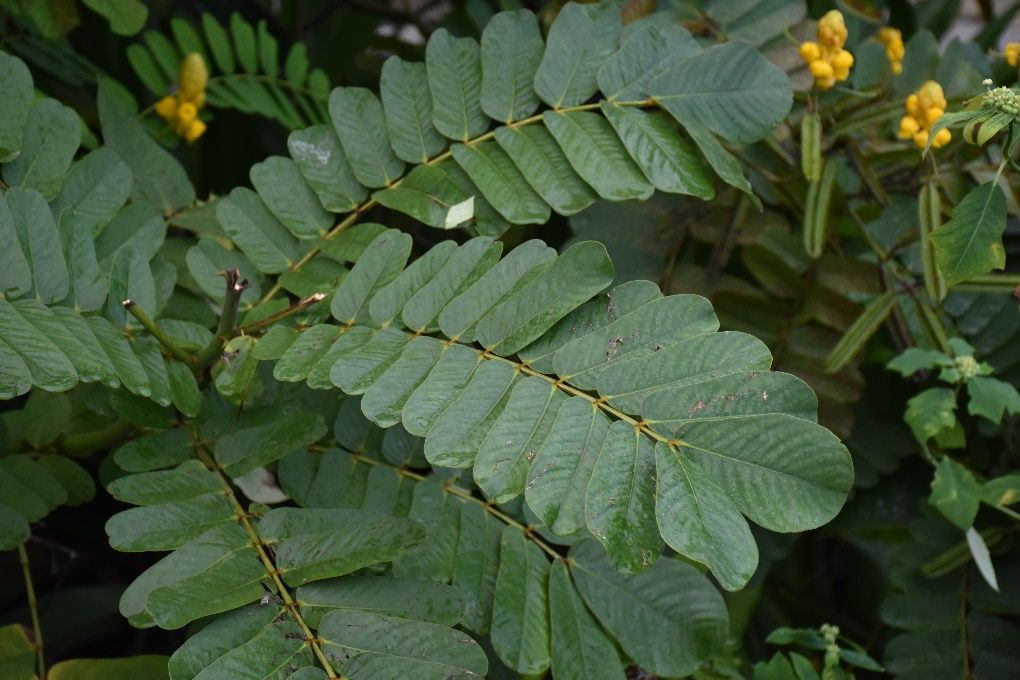
Credit: Stephen Brown, UF/IFAS
Flower
Flower color: yellow
Flower characteristics: very showy
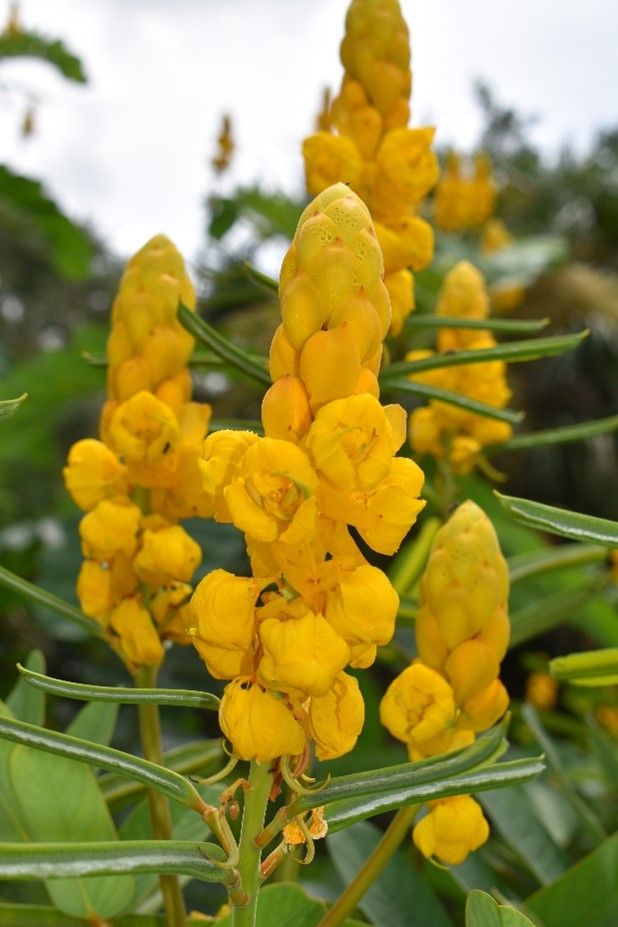
Credit: Stephen Brown, UF/IFAS
Fruit
Fruit shape: pod or pod-like
Fruit length: 6 to 12 inches
Fruit covering: dry or hard
Fruit color: brown
Fruit characteristics: does not attract wildlife; not showy; fruit/leaves not a litter problem
Trunk and Branches
Trunk/bark/branches: branches don't droop; not showy; typically multi-trunked; thorns
Pruning requirement: needed for strong structure
Breakage: susceptible to breakage
Current year twig color: green
Current year twig thickness: thick, medium
Wood specific gravity: unknown
Culture
Light requirement: full sun
Soil tolerances: clay; sand; loam; slightly alkaline; acidic; well-drained
Drought tolerance: moderate
Aerosol salt tolerance: unknown
Other
Roots: not a problem
Winter interest: no
Outstanding tree: no
Ozone sensitivity: unknown
Verticillium wilt susceptibility: unknown
Pest resistance: resistant to pests/diseases
Use and Management
Candlebrush grows rapidly in full sun on a wide range of soils. Pinching new growth increases branching, creating a fuller canopy which produces more flowers. Candlebrush produces the nicest flower display when it is pruned back hard in the spring prior. It makes a beautiful accent in a shrub border or planted as a specimen in a ground cover. Locate it near the patio or by an entryway for a stunning fall accent plant. It should be used with caution due to its potential invasiveness.
Propagation is by cuttings or seed, blooming the first year from seed.
Pests
Caterpillars can cause a problem for candlebrush, eating the foliage and flower buds.
Diseases
No diseases are of major concern.


